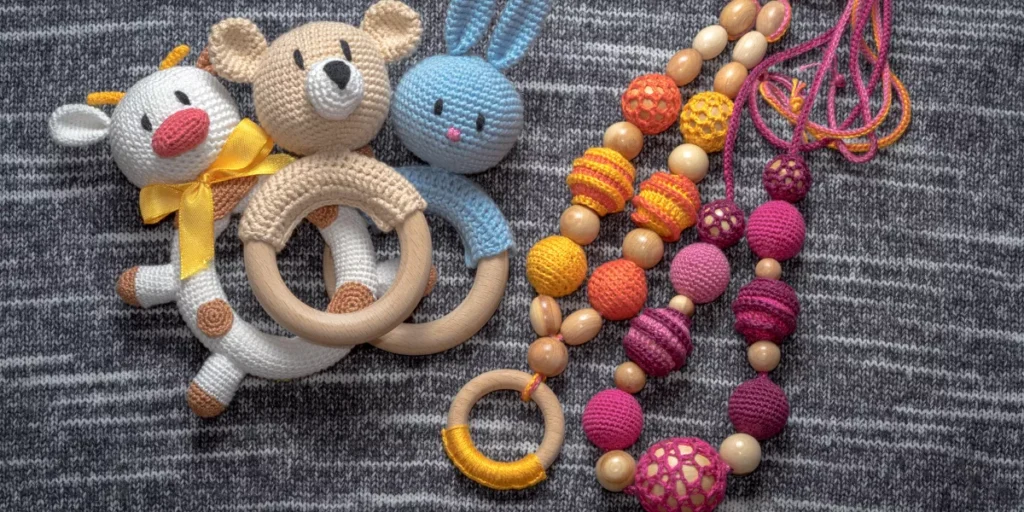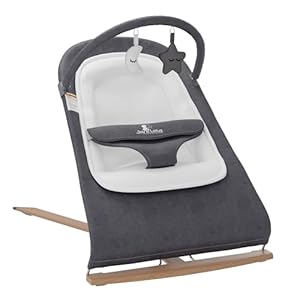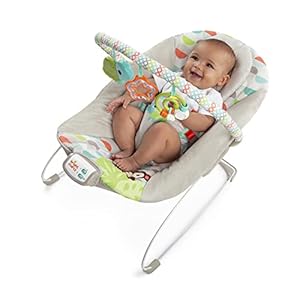
When it comes to selecting toys for your baby, being mindful of their safety is paramount. The materials used in toys can have a significant impact on your little one’s health, making the choice of non-toxic options crucial. But how can you be sure that the toys you pick are truly free from harmful substances? Stay tuned to discover some key insights that will help you navigate the world of non-toxic toys and make informed decisions for your baby’s well-being.
Why Non-Toxic Toys Matter
When choosing toys for your baby, prioritizing non-toxic options is crucial for their safety and well-being. Babies are curious explorers, often putting toys in their mouths as they discover the world around them. Opting for non-toxic toys ensures that they aren’t exposed to harmful chemicals that could potentially harm their health.
Non-toxic toys are made without substances like lead, phthalates, BPA, and other harmful chemicals that can be found in some plastic toys. These chemicals have been linked to various health issues, including developmental delays and hormonal disruptions. By selecting non-toxic toys, you’re creating a safer environment for your little one to play and explore without unnecessary risks.
Furthermore, non-toxic toys aren’t only better for your baby but also for the environment. Choosing toys made from natural or organic materials reduces the impact on the planet and promotes sustainable practices. By prioritizing non-toxic toys, you aren’t only safeguarding your baby’s health but also contributing to a cleaner, greener future for all.
Understanding Toy Materials
To make informed choices when selecting toys for your baby, understanding the materials used in toy production is key to ensuring their safety and well-being. Toys can be made from various materials, each with its own characteristics and potential risks.
Plastic toys, for example, may contain harmful chemicals like BPA or phthalates, which are known to disrupt hormones and have adverse health effects. Wooden toys, on the other hand, are often considered a safer option as they’re typically made from natural, non-toxic materials. However, it’s essential to ensure that the wood is untreated or finished with child-safe, non-toxic paints or stains.
Fabrics used in plush toys should be hypoallergenic and free from harmful dyes or flame retardants. Additionally, metal toys should be made from lead-free materials to prevent any toxic exposure.
Tips for Safe Toy Selection
Ensure the safety of your baby by prioritizing non-toxic toys through these practical tips for selecting toys.
When choosing toys, opt for products labeled as BPA-free, phthalate-free, and lead-free to avoid harmful chemicals.
Inspect toys for small parts that could pose a choking hazard, especially for infants and toddlers.
Look for toys made from natural materials like wood or organic cotton, as they’re often safer choices.
Consider the toy’s construction and durability to prevent breakage and potential injuries.
Always follow age recommendations on toys to ensure they’re developmentally appropriate for your baby.
Regularly inspect toys for wear and tear, and discard any damaged items to prevent accidents.
Lastly, prioritize toys that encourage active play, creativity, and sensory stimulation to promote your baby’s overall development.
Promoting Baby’s Health and Development
Prioritize your baby’s health and development by incorporating engaging activities that stimulate their senses and encourage physical movement. Engaging your baby in interactive play not only fosters bonding but also supports their cognitive and motor skills. Simple activities like tummy time, where your baby strengthens their neck and core muscles, are crucial for their physical development. Additionally, sensory play with toys of different textures, shapes, and colors can enhance their sensory awareness and cognitive abilities.
Encourage your baby’s development by providing toys that promote exploration and problem-solving. Toys like stacking cups or shape sorters can help develop their fine motor skills and hand-eye coordination. Engage in activities that involve singing, reading, or talking to your baby to support their language development. These interactions not only aid in language acquisition but also strengthen the parent-child bond.
Remember to create a safe environment for your baby to explore and play. Regularly inspect toys for any wear and tear to prevent choking hazards. By prioritizing your baby’s health and development through engaging activities and safe toy choices, you’re laying a strong foundation for their growth and well-being.
Baby products














